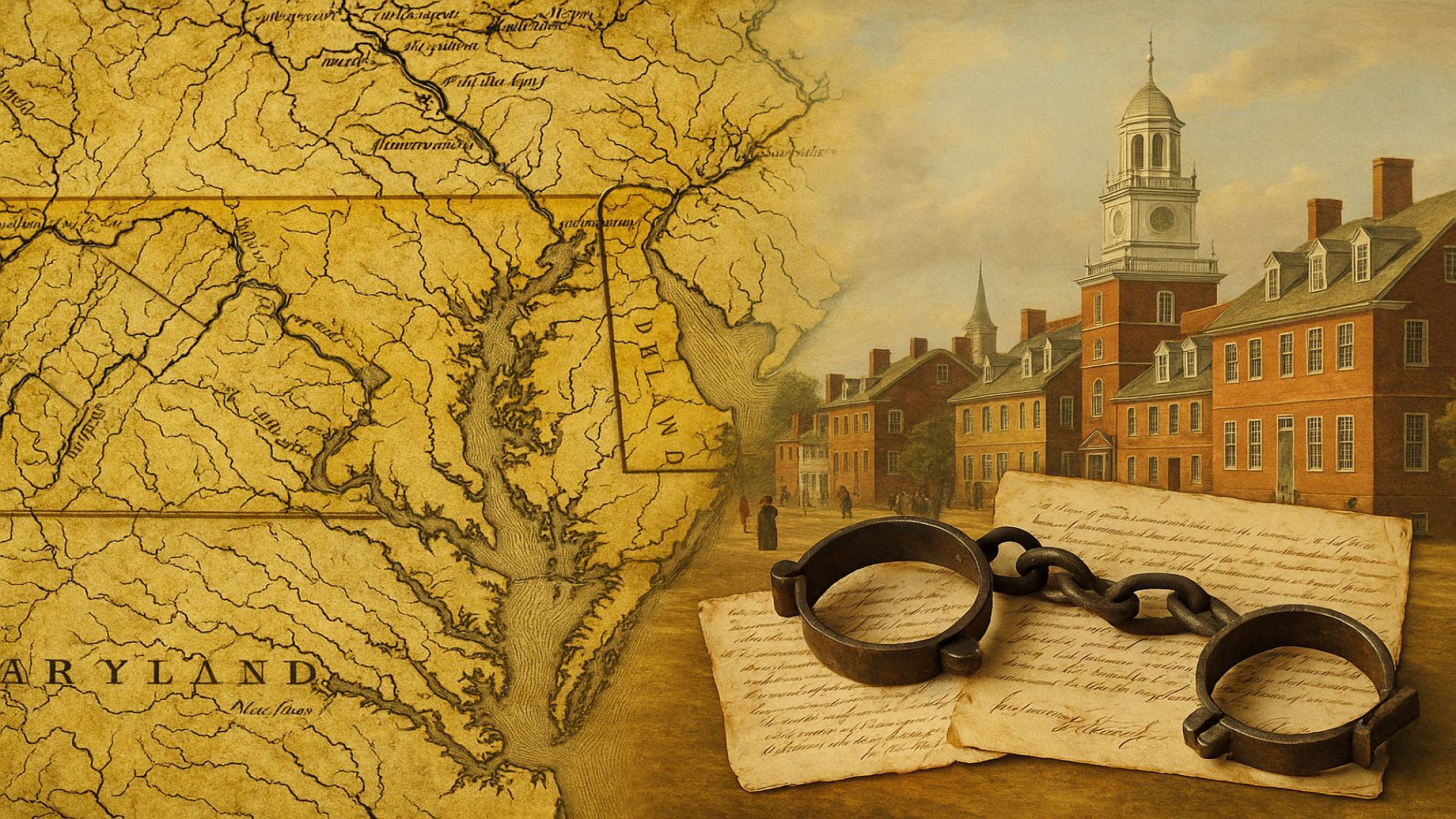6. Fugitive Slave Laws Enforced in the North

The Fugitive Slave Act of 1850 mandated that all citizens, including those in Northern states, assist in the capture and return of escaped enslaved individuals. This federal law required Northern law enforcement and citizens to aid in apprehending alleged fugitives, effectively making the North complicit in the institution of slavery. The Act denied runaways the right to a jury trial and permitted their return based solely on a claimant’s sworn testimony (billofrightsinstitute.org).













